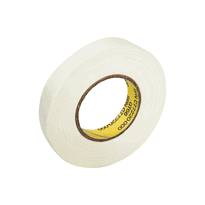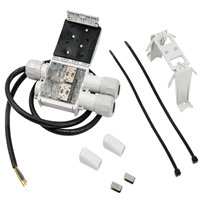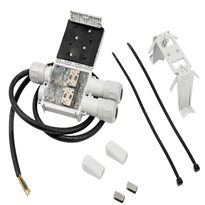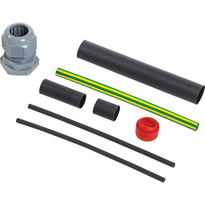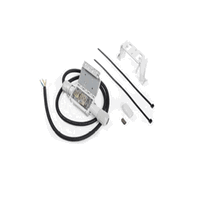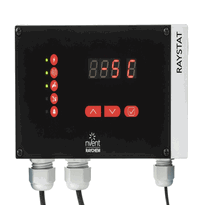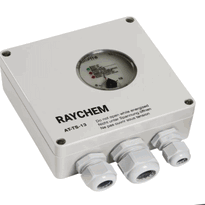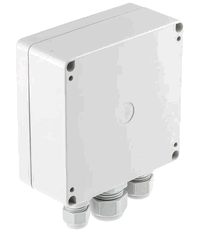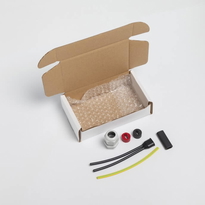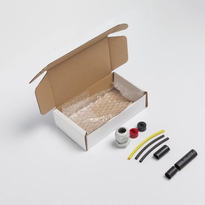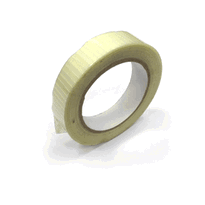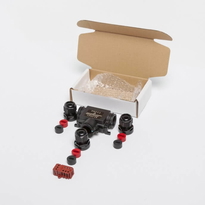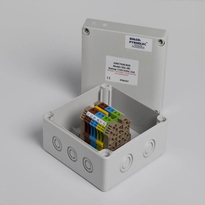Heat Wrap for Plumbing
Heat wraps for plumbing are specially designed to prevent water pipes from freezing during cold weather by maintaining their temperature above freezing levels. They utilize materials such as silicone rubber, fiberglass, or nitrile rubber, which are chosen based on their temperature ratings and durability. Proper installation involves carefully wrapping the pipe from one end, securing the wrap with self-adhesive tape, and avoiding the use of metal clamps to prevent potential damage to the pipe or insulation.
Understanding these principles is essential to ensure effective protection for your plumbing. Attention to detail during application can significantly improve the efficiency and longevity of the heat wrap. Additionally, selecting the appropriate type of wrap for your specific environment and pipe material will help maximize its effectiveness during the colder months.
How Heat Wrap Protects Plumbing Systems in Cold Weather
During cold weather, heat wraps play a vital role in safeguarding plumbing systems by maintaining the internal temperature of water pipes above the freezing point. By supplying a continuous source of warmth, heat wraps prevent the formation of ice inside pipes, which can lead to expansion, cracks, or bursts that result in expensive water damage. They are applicable to exterior pipes, vulnerable indoor installations, and sewer lines, especially in cold climates. Applying heat tape or heat wraps before temperatures drop below zero degrees Celsius is crucial for effective prevention, especially in unheated or exposed areas such as basements and crawl spaces. These devices function by creating a thermal barrier that retains heat within the pipe structure, thereby reducing the risk of freeze-induced damage. Data security measures, including proper installation and timely application, are essential to maximize protection and prevent costly repairs. Consistent warmth ensures the smooth flow of water, minimizing issues related to shut-offs and helping to maintain household water supply during harsh winter conditions. Proper installation and timely application are essential to maximize protection and prevent costly repairs.
Selecting the Right Heat Wrap for Your Pipes
Selecting the Appropriate Heat Wrap for Plumbing Pipes
Choosing the right heat wrap for your plumbing pipes requires careful consideration of several key factors, including the material properties, maximum operating temperature, durability, and compatibility with the specific pipe system. When selecting a heat wrap, it's important to envision the environment and pipe characteristics to ensure a proper fit and optimal performance. Material compatibility is crucial for preventing corrosion and degradation over time. For example, silicone rubber heat tapes offer excellent chemical and moisture resistance, making them suitable for various environments. They can withstand temperatures up to approximately 230°C, providing a reliable solution for both residential and commercial plumbing. Weatherproof qualities of the insulation help protect against outdoor elements, extending the lifespan of the pipes. Fiberglass-insulated wraps are capable of tolerating higher temperatures, ranging from about 250°C to 480°C, making them ideal for demanding industrial conditions. Samox woven fabric wraps are designed to withstand extreme temperatures up to around 760°C, suitable for high-heat industrial applications. Nitrile rubber options provide flexibility, moisture resistance, and corrosion protection, making them well-suited for residential or commercial plumbing systems. Making a proper selection is essential for ensuring efficiency, longevity, and safety. It helps maintain plumbing integrity across a variety of conditions and prevents potential issues caused by inadequate insulation or heat management.
Proper Installation and Safety Tips for Heat Wraps
Proper installation of heat wraps is essential for their safe and effective operation. The process begins with thorough preparation of the pipe surface. First, switch off the water supply to prevent accidents during installation. Carefully inspect the pipes for any leaks or damage, and carry out necessary repairs before proceeding. Inspect the pipe surface for rust or corrosion, which can impair heat transfer. Next, clean the pipes meticulously to remove dirt, grease, and debris. A clean surface ensures optimal adhesion of the heat wrap. It's advisable to wrap plastic pipes with aluminium foil prior to applying the heat wrap, as this promotes uniform heat distribution across the surface. Ensure that the pipe surface is completely dry before fitting the heat wrap. A dry surface maximizes contact and efficiency, helping to transfer heat effectively. When positioning the heat wrap, start at one end of the pipe and carefully unroll or unwind it along the length. Maintain a maximum gap of 6 centimetres between successive cables to ensure even heat distribution. In spiral applications, overlap shouldn't exceed 91 centimeters (three feet) to prevent uneven heating. Secure the heat wrap in place using self-adhesive electrical tape every 15 to 30 centimetres (6 to 12 inches). Avoid using metal clamps, which may cause damage to the wrap and impair heat transfer. Proper securing helps the wrap stay fixed during operation, reducing the risk of movement or dislodgement. Verify the heating tape matches the surface configuration and environmental conditions to prevent potential damage or safety hazards.
Conclusion
Proper selection and installation of heat wraps are essential for protecting plumbing systems during cold weather. By choosing the appropriate wrap based on pipe size and material, and following safety guidelines during installation, homeowners can effectively prevent pipe freezing and potential damage. Maintaining a clear understanding of these procedures ensures reliable performance and safety, reducing the risk of costly repairs.
Implementing these practices systematically can improve the durability and functionality of plumbing infrastructure in low-temperature conditions.








